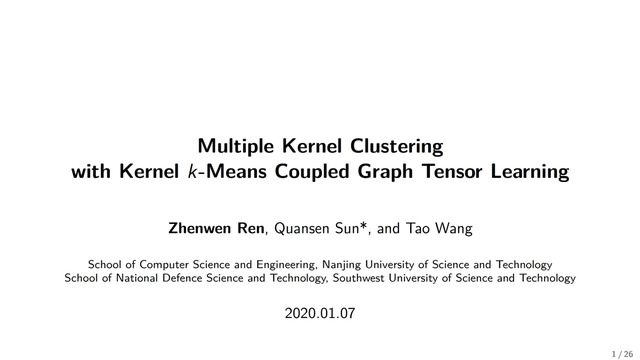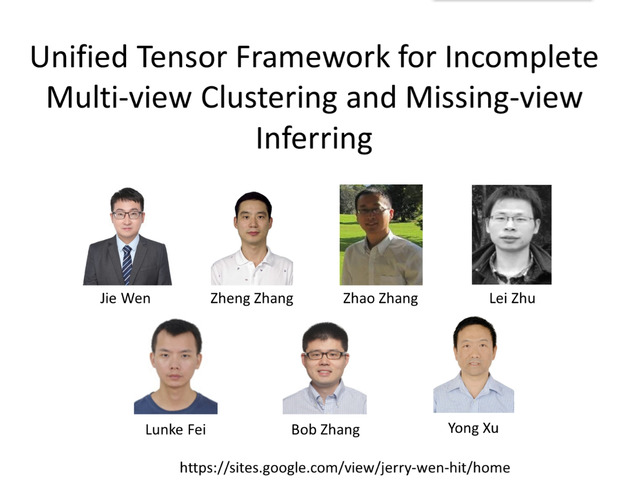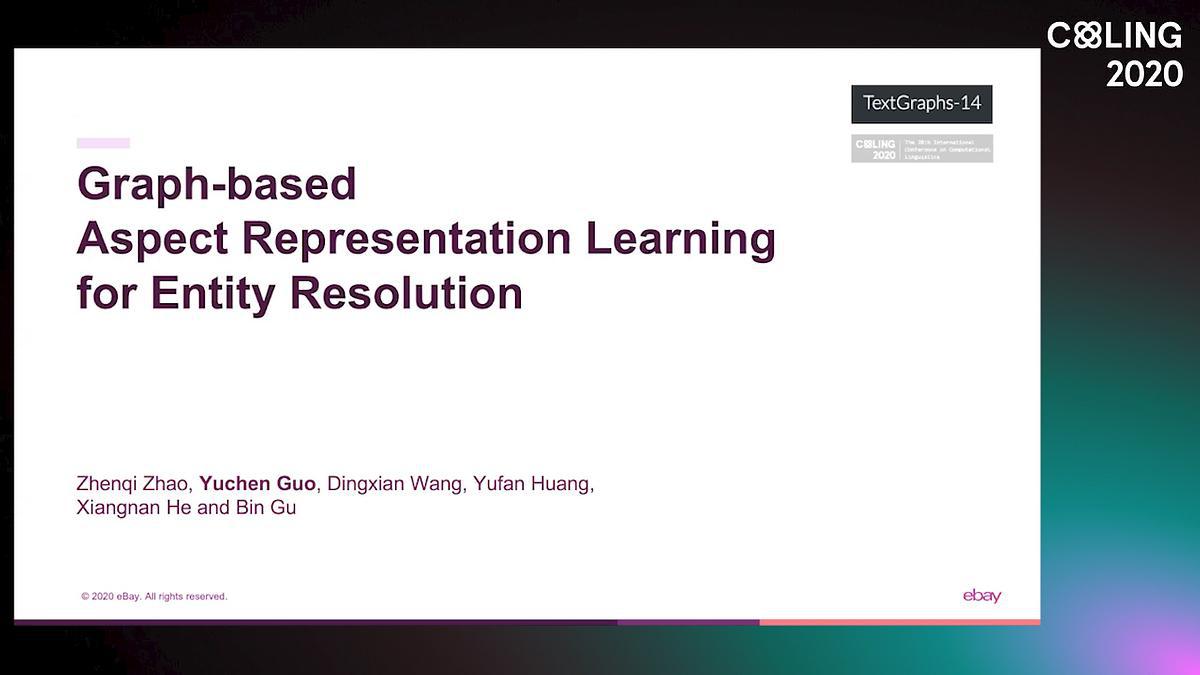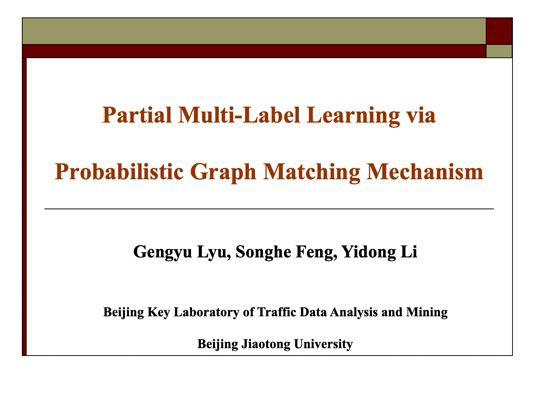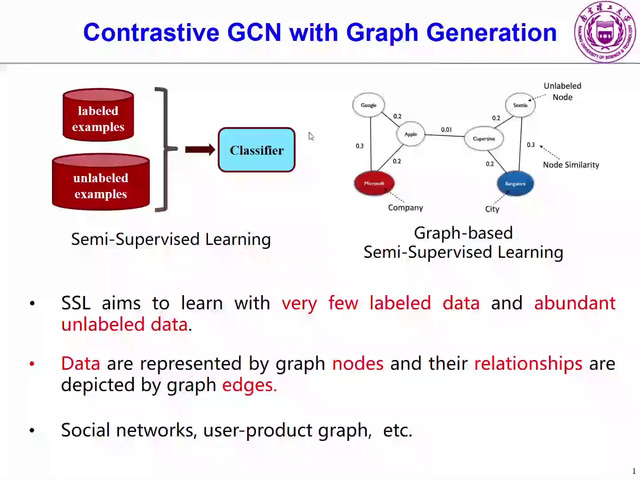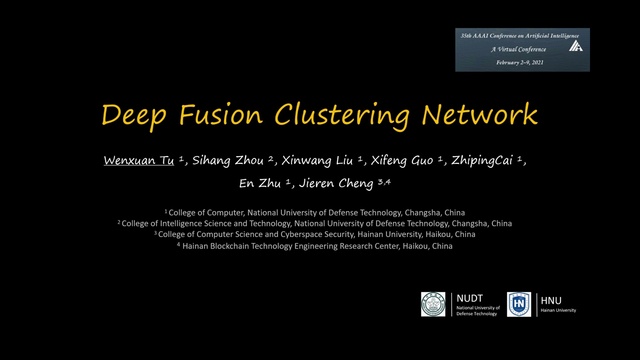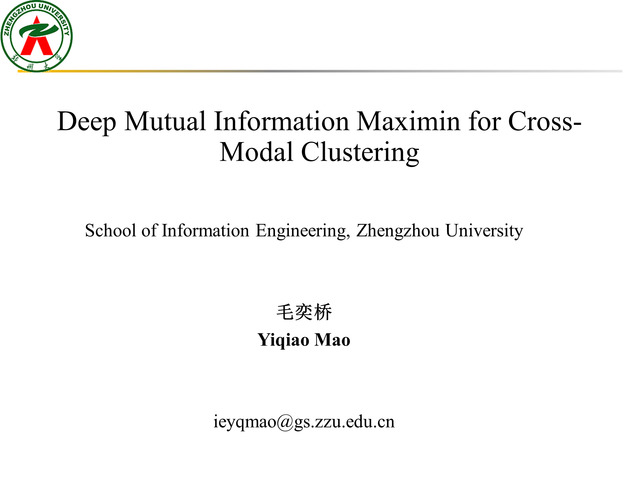Abstract:
Kernel k-means (KKM) and spectral clustering (SC) are two basic methods used for multiple kernel clustering (MKC), which have both been widely used to identify clusters that are non-linearly separable. However, both of them have their own shortcomings: 1) the KKM-based methods usually focus on learning a discrete clustering indicator matrix via a combined consensus kernel, but cannot exploit the high-order affinities of all pre-defined base kernels; and 2) the SC-based methods require a robust and meaningful affinity graph in kernel space as input in order to form clusters with desired clustering structure. In this paper, a novel method, kernel k-means coupled graph tensor (KCGT), is proposed to graciously couple KKM and SC for seizing their merits and evading their demerits simultaneously. In specific, we innovatively develop a new graph learning paradigm by leveraging an explicit theoretical connection between clustering indicator matrix and affinity graph, such that the affinity graph propagated from KKM enjoys the valuable block diagonal and sparse property. Then, by using this graph learning paradigm, base kernels can produce multiple candidate affinity graphs, which are stacked into a low-rank graph tensor for capturing the high-order affinity of all these graphs. After that, by averaging all the frontal slices of the tensor, a high-quality affinity graph is obtained. Extensive experiments have shown the superiority of KCGT compared with the state-of-the-art MKC methods.
